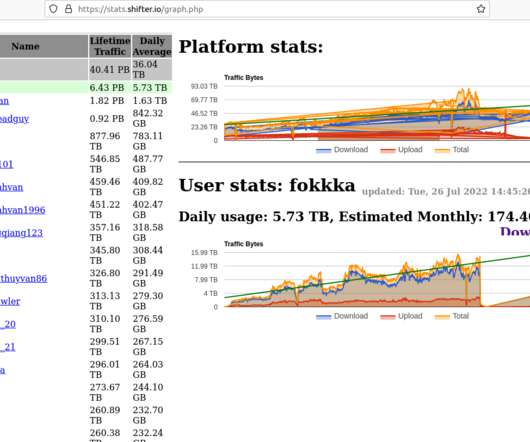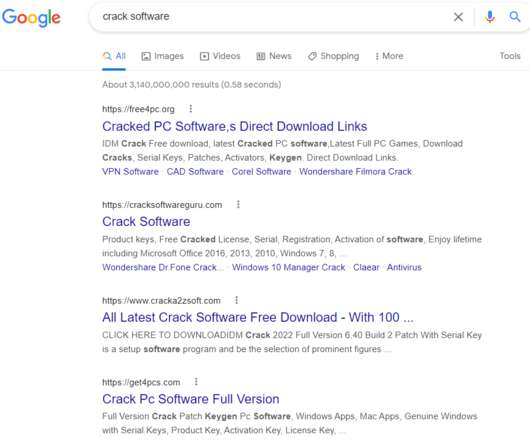Breach Exposes Users of Microleaves Proxy Service
Krebs on Security
JULY 28, 2022
” Microleaves has long been classified by antivirus companies as adware or as a “potentially unwanted program” (PUP), the euphemism that antivirus companies use to describe executable files that get installed with ambiguous consent at best, and are often part of a bundle of software tied to some “free” download.












Let's personalize your content